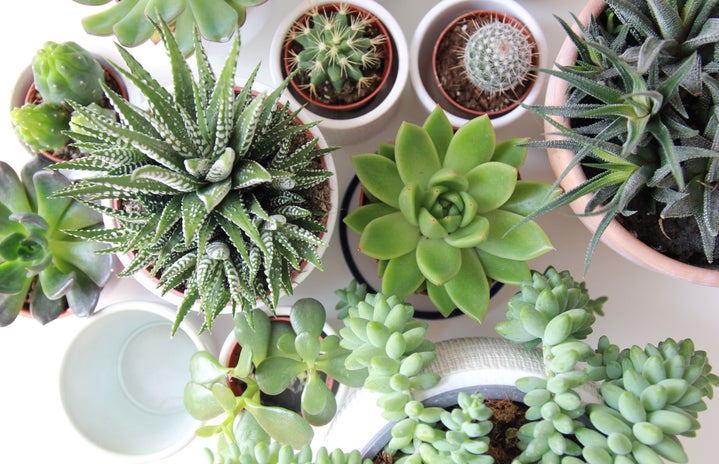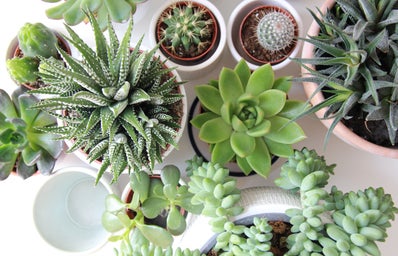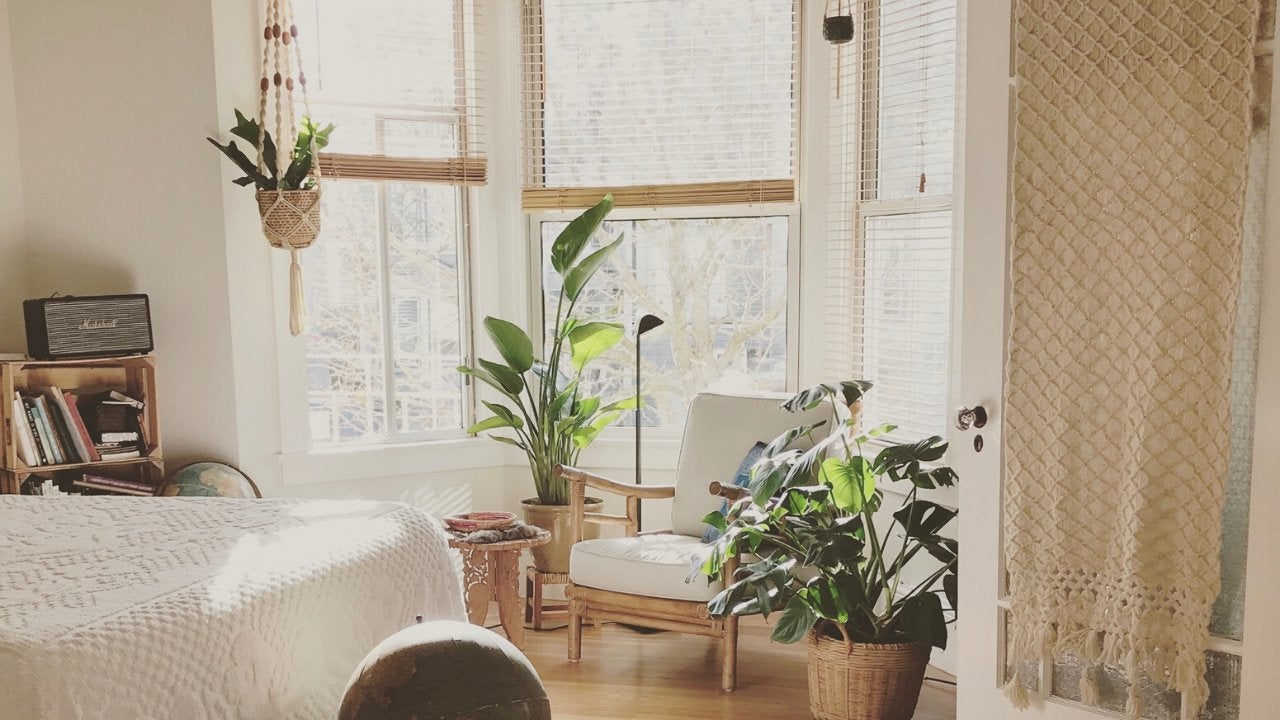As adorable as cats and dogs are, it’s hard to deny that they’re a lot of work. In today’s busy society, most people don’t have the time or space to properly care for furry friends, and let’s face it, fish just aren’t for everyone. As a result, people have turned to buying houseplants and proudly declaring themselves “plant parents” or “the crazy plant lady.”
It’s not hard to see why more and more people have started buying plants to decorate their homes, apartments, and offices. A large majority of houseplants are affordable and require very little maintenance to thrive. In addition, houseplants come in a variety of colors, shapes, and sizes. With so many options, there really is a plant out there for everyone!

However, there is another reason why houseplants have recently been gaining. It is not a secret that air pollution is a growing problem in the world, and various techniques have been utilized by governments and citizens to combat the issue. In the last few years, houseplants have become a staple for interior design, as home improvement and wellness websites claim certain plants are supposedly able to remove toxins and dangerous chemicals from the air.
The results from various scientific studies backs up claims that houseplants do in fact remove toxins from the air, but a key component rests heavily on the location where the testing is taking place. As more consumers quickly jump aboard the houseplant trend in their search for simple, and affordable ways to improve the air quality in their homes, it is crucial to analyze how the lab results compare to a real-life environment.
According to this article from National Geographic, experts evaluate and compare the difference between the impact plants have on air quality in a lab environment, and how effective plants are in an uncontrolled location.
Michael Waring, an environmental engineer and indoor air quality expert at Drexel University, along with his study co-author, has reviewed 12 previously published scientific studies that tested 196 plants over the past decade. The study was conducted in labs where plants were placed in a small chamber, before being introduced to gaseous molecules called volatile organic compounds (VOCs). The study concluded that a small houseplant could remove a range of toxins, but there’s a small problem.
The experiment took place in a controlled location, where scientists had full control of the situation. In a crowded city apartment, it would be impossible to mimic the results due to the unpredictable air quality.
In another study, the plants were studied in a less than ordinary location. A 1989 NASA study used a small fan to circulate various gases into chambers that contained plants. The 30-year-old study proved that plants could cut down VOCs in small airtight containers. However, the experiment is flawed because a large majority of the human population does not live in space (at least for now).
In order to gage the impact houseplants can have for us earthlings, Waring took a variety of plants and calculated the clean air delivery rate for each. Unfortunately, the study discovered that while plants do remove VOCs, the rate is so slow that it would require around 10 plants per square foot to purify the air at the same efficiency as a mechanical air purifier. A small 500-square foot apartment would require about 5,000 plants in order to have a significant impact on their air quality. In that case, it would be more cost effective to live in a forest.
However, before all plant parents lose faith in their green children, it is important to acknowledge that all hope is not lost.
While it is disappointing and downright heartbreaking for us plant lovers to admit that our beloved $5 snake plant isn’t removing as much air pollution as originally believed, there is still hope. As science continues to advance, researchers are working on genetically modifying a common pothos ivy to better remove VOCs from the air. The process is slowly growing (pun intended), but the results are promising.
So, for now, make sure to keep those succulents well-watered and planted in fast draining soil, because even if they might not be improving air quality as much as originally advertised, it’s hard to admit that they don’t look cute sitting on the windowsill.
Sources: 1




